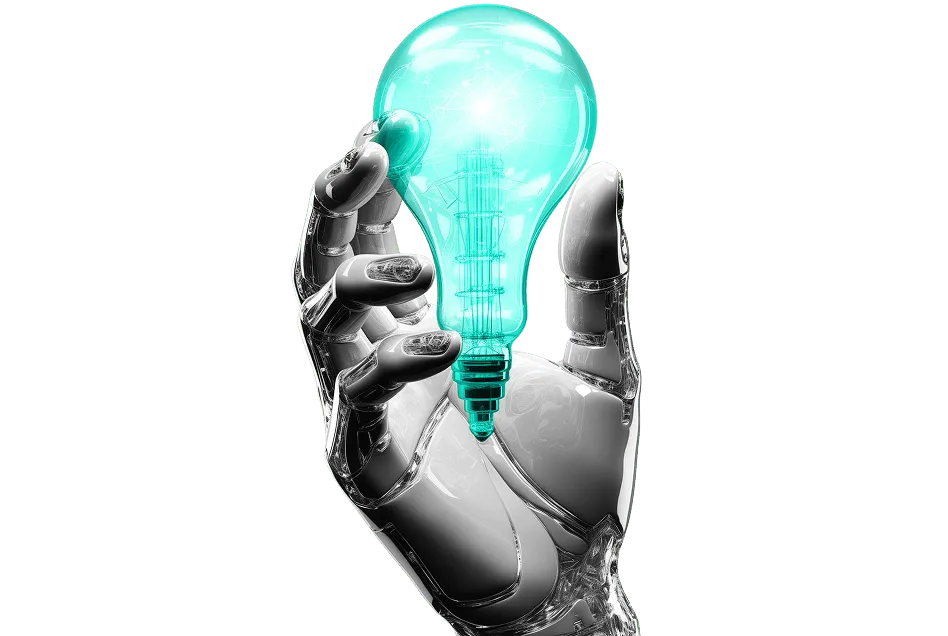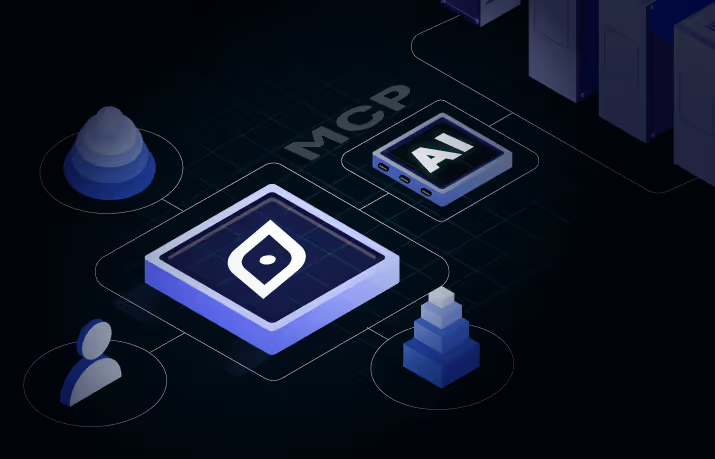Internal Career Moves: A Talent Acquisition Strategy for Closing the Talent Gap
The increasing talent gap combined with the lack of talent acquisition strategies and employee engagement is hurting an organization’s talent management and has turned into a modern-day talent war. This has spurred the need for internal career transitions using career pathing and reskilling to prevent employers from falling behind in the modern-day market.
Generally, talent acquisition strategies often focus on hiring for a new role from outside the organization without fully considering the quality talent already available internally. Earlier, this may have been a suitable approach, but today, the significant talent gaps are changing the game for HR.
A recent study indicated that internal hires are 61% less likely to be laid off and usually take 18% lower compensation than their external counterparts.
Let us explore why internal career transitions are needed and how organizations can facilitate them in the best possible manner.
Talent Acquisition Strategies and the Need for Internal Career Transitions
Internal career transitions have long been part of talent management and are more essential today than ever. COVID-19 has significantly altered the hiring landscape, making external hiring next to impossible in many cases. This shift has energized efforts from talent acquisition teams to accelerate internal mobility as part of broader talent acquisition strategies. So let us discuss how internal career transitions can help organizations win the talent war.
- Internal mobility reduces attrition rates significantly and lowers total talent acquisition strategies costs.
- It lowers the total talent acquisition costs.
- It helps protect the IP due to fewer talent leaving.
- Creates strong leadership teams comprising of people who’ve risen through the ranks and imbibed the company ethos.
- Maintains employee engagement and retains quality talent
Each of these factors can significantly impact a company’s overall profitability and productivity, which is why internal career transitions need to be a key part of modern talent acquisition strategies.
Need for Career Pathing
A recent survey revealed that 45% of college graduates would stay at a job for two years or less. By the age of 35, a quarter of workers will have held at least five or more positions. With unemployment at a historic low and attrition rates at a high backed by “the great resignation trend,” employees dissatisfied with their career development can leave a company and land a new job with a salary increase.
Effective talent acquisition strategies must account for these trends, while career pathing remains a win-win situation for both employers and employees.
Employers can align employees’ career goals with their strategic goals to navigate challenging business situations. It can help employers retain quality talent and reduce hiring costs significantly while empowering employees for a better future. Doing this would also result in discovering skills gaps and giving way to reskilling efforts to stay relevant in the market.
Employees would also experience better job satisfaction, career growth, and professional development. This would significantly reduce attrition and protect the IP since talent will stay in the company.
Draup’s Case Study on Career transitions
Due to a substantial increase in the adoption of emerging technologies by global enterprises, the demand for tech talent is bound to increase in the next few years. However, this demand will be met by a talent shortage due to the pre-existing demand-supply gap in the tech market. To address this, organizations must rethink their talent acquisition strategies.
Draup recently conducted a case study on feasible career transitions that involved studying entry-level and pre-professional roles across various job families.
The study revealed statistics that enterprises should worry about because they highlight a significant talent gap across job families. One of those concerning statistics includes:
“The demand-supply gap for entry-level roles (0-3 yrs.) across the five tech job families analyzed is over 32% and is 27% for digitally-enabled roles. Among the tech job families, Data Science & AI/ML has the highest demand-supply gap of 36%.”
This study also indicated that specific skill clusters missing in the analyzed job families can be bridged through skilling activities. Digital disruption is real and has a dual impact: traditional roles are becoming digitally influenced, and new-age digital roles are becoming more critical for creating long-term business impact. Talent acquisition strategies must evolve to address these shifts, ensuring that enterprises can effectively source, develop, and deploy talent for emerging digital needs.
Reskilling is becoming a critical option for HR and provides a chance to re-design organizations and their cultures around what’s really needed, while aligning with evolving talent acquisition strategies.
Reskilling is the Future with Talent Acquisition Strategies
COVID-19 has thrown a daunting challenge to companies – an accelerated digital transformation timeline for all. At such a time, reskilling employees has turned a priority if organizations intend to survive in the current volatile and uncertain business environment. One of the most crucial aspects of the talent war is the talent shortage, and reskilling is the way forward in a situation like this.
The significance of reskilling employees has increased manifold, especially in the current volatile, uncertain, complex, and ambiguous business environment.
Reskilling not only supports workforce development but also complements talent acquisition strategies by reducing reliance on external hiring. It provides a range of benefits to employers that improve operations and sustain stronger financials. Some of the significant benefits of reskilling include:
- Reduce training and hiring costs by up to 22%.
- Retain company knowledge by reducing attrition and focusing on meaningful projects at hand.
- Provide employees with more options to move into adjacent teams without leaving the company.
- Encourage upward mobility for ambitious employees who want to move up the career ladder without leaving the company.
- Motivate personal growth by helping employee careers stay relevant through continuous learning & skills acquisition.
Effective talent acquisition strategies can complement these efforts by aligning external hiring with internal reskilling initiatives, ensuring the right talent mix while optimizing costs.
Talent Acquisition Strategies for Facilitating Internal Career Transitions
Since we now understand career pathing and internal career transitions, along with how reskilling is the suitable solution here, it’s time to establish a process for the same. To craft this process in a data-driven manner and with complete certainty, we will utilize Draup’s talent intelligence tool as part of our talent acquisition strategies.
Let us look at how Draup’s talent intelligence tool can help in facilitating internal mobility.
- First, identify emerging roles as well as disrupted roles that need transformation.
- Next, choose the ideal target role for this individual and understand the skills gap between the current role and the desired role.
- After you’ve analyzed both sides of the transformation, assess feasible transitions based on relevant reskilling parameters.
- Finally, select suitable L&D programs to facilitate this transition and recreate your quality workforce, aligning with broader talent acquisition strategies that prioritize internal mobility and skills-based hiring.
Reskilling is the need of the hour considering the exponential demand-supply gap in modern talent, and enterprises that choose to move with reskilling would be less likely to face a talent shortage in the coming future.
To explore more on this topic, join Vijay Swaminathan, CEO of Draup, in a special event titled “Granular Career Progression Simulations – A Useful Tool for Retention.”
The talk will explore a variety of talent acquisition strategies and talent management solutions in the post-pandemic era, including:
- Enabling HR teams to identify emerging skill requirements & develop exciting career progressions for your employees.
- Aligning employee aspirations with your future skills demand & reducing talent costs
- Improving talent retention & boosting employee satisfaction
The talk is a part of the one-day conference on “Listening to What Workers Want,” hosted by From Day One and sponsored by Draup. Learn more about the event here.
Draup is an AI-powered talent intelligence platform that delivers HR leaders with data-backed insights into the global talent pool, cost modeling, talent acquisition strategies, and reskilling pathways suitable to manage talent faster and drive company-wide reskilling initiatives or hire quality talent.










.svg)
















.svg)





.svg)





.svg)
